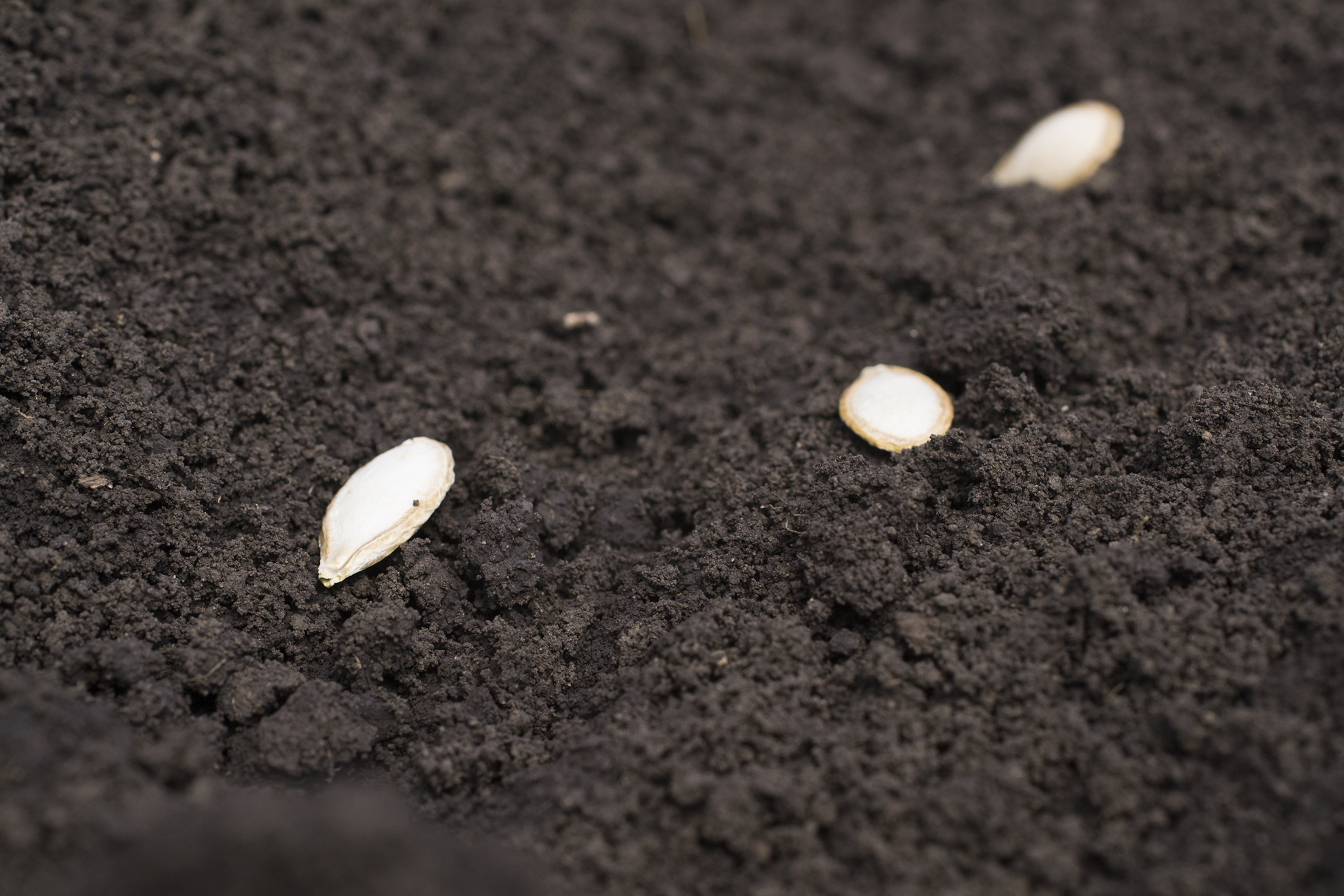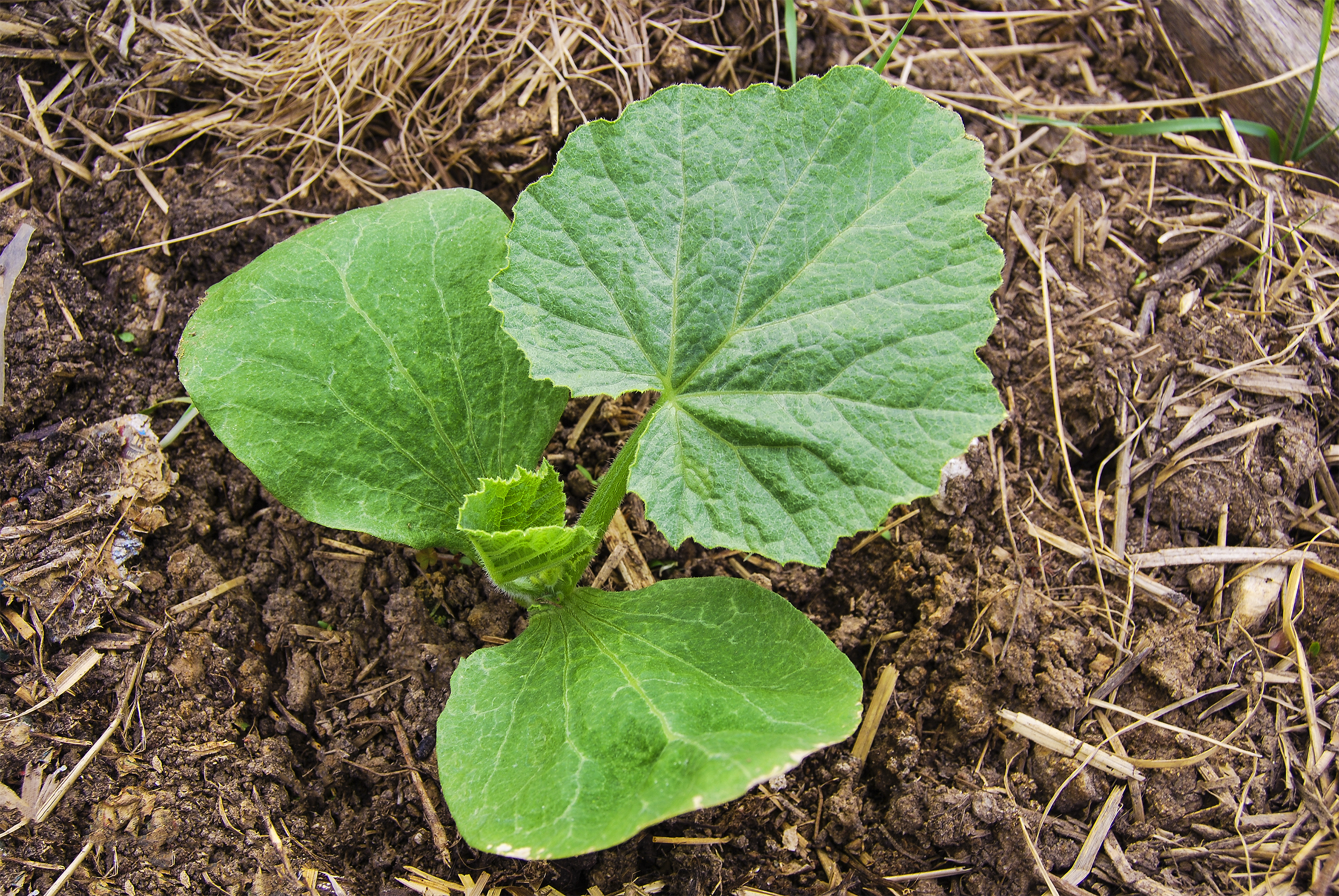Vielen Dank!
Wir haben Ihre Registrierungsanfrage erhalten und senden Ihnen in Kürze eine E-Mail zur Bestätigung Ihrer E-Mail-Adresse.
Schließen Sie bitte die Registrierung ab, indem Sie auf den Link in dieser E-Mail klicken.
Datenschutzrichtlinien
Administrator Ihrer persönlichen Daten ist die LAT Nitrogen Austria GmbH, (gdpr@lat-nitrogen.com). Genaue Informationen zur Verarbeitung Ihrer persönlichen Daten finden Sie in unseren Datenschutzrichtlinien. Diese Informationen senden wir Ihnen darüber hinaus in der Bestätigungs-E-Mail zu Ihrem Newsletter-Abonnement.
Bitte bestätigen Sie, dass Sie die Datenschutzrichtlinien gelesen haben, sowie die allgemeinen Nutzungsbedingungen und diese zustimmend zur Kenntnis nehmen, bevor Sie fortfahren.
Womit können wir Ihnen sonst noch helfen?
Wir würden Ihnen gerne Informationen zu unseren Top-Angeboten, neuesten Produkten und Dienstleistungen per E-Mail zusenden. Wir werden Ihre persönlichen Daten sorgfältig behandeln. Wir werden Ihre Daten niemals an Dritte verkaufen. Indem Sie folgende Kästchen aktivieren, stimmen Sie dem Erhalt von Marketing-Mitteilungen der LAT Nitrogen Austria GmbH zu.
Sie können Ihre Meinung jederzeit ändern. Klicken Sie dazu auf den Abmelde-Link in der Fußzeile einer unserer E-Mails oder schreiben Sie uns an gdpr@lat-nitrogen.com.
Vielen Dank!
Wir haben Ihre Registrierungsanfrage erhalten und senden Ihnen in Kürze eine E-Mail zur Bestätigung Ihrer E-Mail-Adresse.
Schließen Sie bitte die Registrierung ab, indem Sie auf den Link in dieser E-Mail klicken.
Registrierung war nicht erfolgreich.
Ihre E-Mail-Adresse ist bereits registriert
oder es ist ein Serverfehler aufgetreten.







Warme, gut durchlüftete Böden ohne Staunässe
Ein früher Saattermin ist günstig
Chloridarme Dünger empfehlenswert
Unkrautbekämpfung zur Saat
Ernteergebnis stark von der Witterung beeinflusst.
Ölkürbis braucht einen möglichst unkrautfreien Acker. Die Kultur ist nicht selbstverträglich, für hohe Erträge sollten zwei bis 3 Jahre Anbaupause eingehalten werden. Als Vorfrucht sind alle Getreidearten und Körnermais günstig. Kulturen die von Sklerotinia befallen werden (z.B. Sonnenblume, Sojabohne, Raps) sind zu vermeiden.
Kürbis bevorzugt ein krümeliges Saatbett ohne Verdichtungen, die zu Staunässe führen. Die Saat sollte so früh wie möglich bei einer Bodentemperatur von mindestens 10°C erfolgen. Die frühe Saat ermöglicht einen raschen Reihenschluss bei guter Ausnützung der Winterfeuchtigkeit. Der Reihenschluss reduziert die Bodenerosion bei Starkregen und die Austrocknung des Bodens.
Standardmässig erfolgt die Unkrautbekämpfung im Vorauflauf. Auflaufkrankheiten können mit einer Beizung des Saatgutes reduziert werden. Der Ertrag ist stark von der Witterung während der Vegetationsperiode abhängig. Der Ölkürbis hat auf einer Pflanze weibliche und männliche Blüten welche für die Bestäubung von Bienen und besonders von Hummeln abhängen.
(Einheit/t der Produktion)
(Einheit/t der Produktion)
N
110
80
Moderat empfindlich
P₂O₅
80
50
Moderat empfindlich
K₂O
270
20
Empfindlich
TE
Erste Applikation

Zweite Applikation

Bei guter Nachlieferung aus dem Boden ist eine Düngung von 60 kg Stickstoff ausreichend. Die benötigte Nährstoffmenge kann über einen NPK Dünger (COMPLEX 15/15/15 + 8SO3+Zn, oder chloridarmer COMPLEX 12/12/17 +3,5MgO+13SO3+B+Zn) vor der Saatbettbereitung gegeben und im Zuge dieser in den Boden eingearbeitet werden. Chloridhältige Mineraldünger sollten mindestens zwei Wochen vor der Saat angewendet werden.
Finden Sie mit NutriGuide® den besten Dünger für Ihre Bedingungen.
Auf Böden mit sehr schwacher N-Nachlieferung kann bei hoher Ertragserwartung zusätzlich zur ersten NPK-Gabe noch eine Stickstoffdüngung von 30 kg N/ha (110 kg/ha NAC 27 N) im 2 – 4 Blattstadium erfolgen.
Finden Sie mit NutriGuide® den besten Dünger für Ihre Bedingungen.
LAT Nitrogen Austria GmbH
St.-Peter-Straße 25
4021 Linz, Österreich